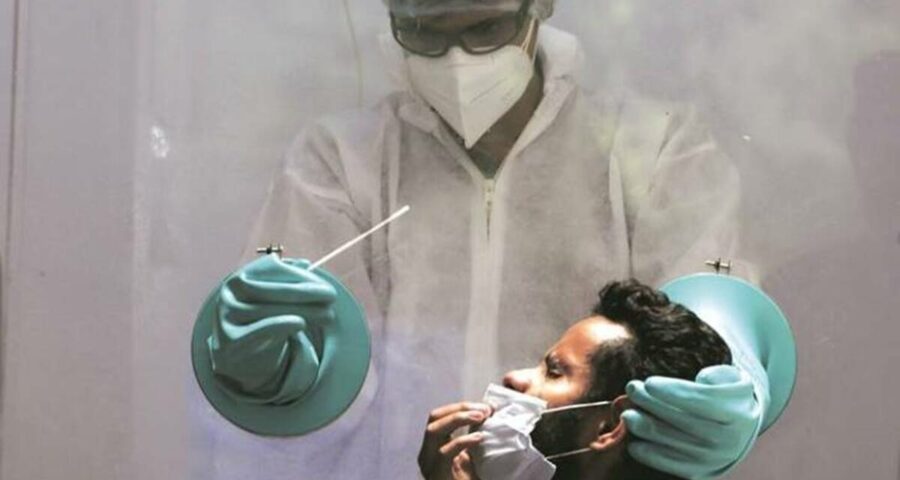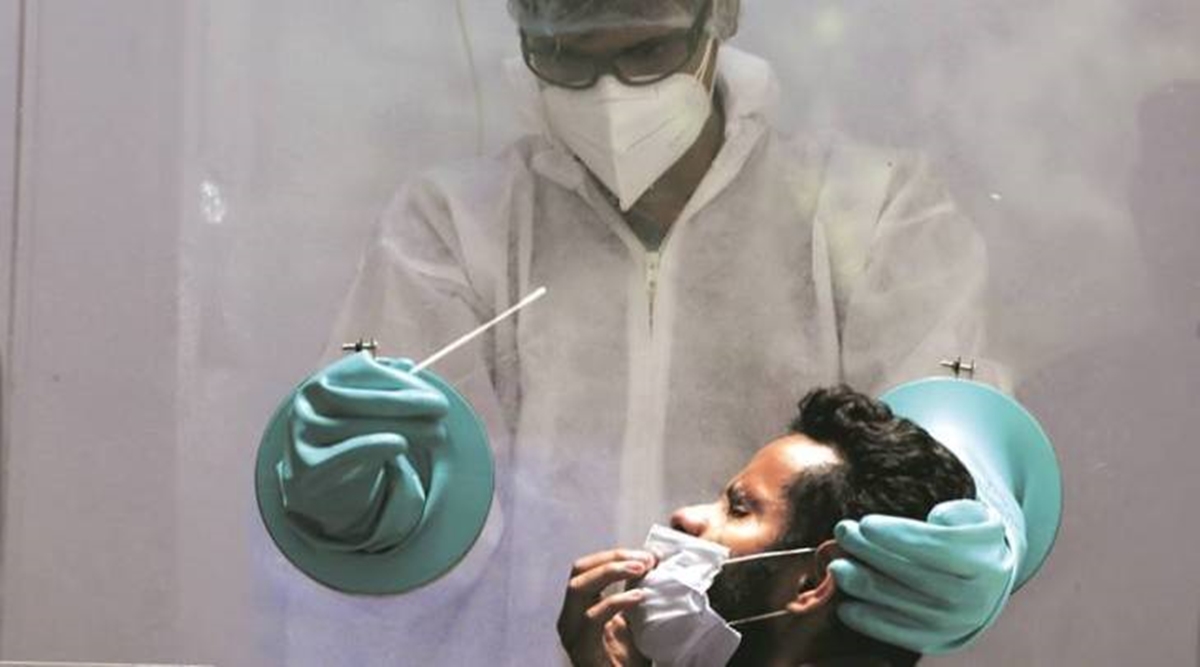As per officials, the areas which are seeing higher incidents of infections since February 2021 mostly have citizens staying inside housing societies and apartments, rather than in slums and unorganised settlements as was the case with initial months of COVID spread in the city last year.
Technical survey report jointly prepared by Tata Consultancy Services (TCS) and Prayas Health Group and submitted to Pune Divisional Commissioner to help it formulate a response to the current wave of COVID-19 points out that there has been an inversion of hotspots, with municipal wards which saw high number of infections last year seeing very few now and wards which had seen comparatively less infections last year now seeing strong daily spikes.
As per the report, areas under municipal wards namely Dhole Patil Road, Yerwada-Kalas-Dhanori, Bhavani Peth, which had seen high incidences of cases last year (specifically in May 2020) are now seeing comparatively less number of cases. On the contrary, wards which had very few daily cases, namely Hadapsar-Mundhwa, Nagar Road-Vadgaon Sheri, Warje-Karvenagar, Sinhagad Road, Dhankavadi-Sahkarnagar, Aundh-Baner, Kothrud-Bavdhan during May 2020 are now (February 2021) seeing very high detections.
“The explanation for this could be that herd immunity may have set in in the population in areas which had seen widespread infections earlier. The areas which were comparatively less affected, now provide more potential to the virus to spread. This information can be useful in determining the response strategy and allocation of resources,” said Dr Pradeep Awate, State Disease Surveillance Officer.
As per officials, the areas which are seeing higher incidents of infections since February 2021 mostly have citizens staying inside housing societies and apartments, rather than in slums and unorganised settlements as was the case with initial months of COVID spread in the city last year.
“Office bearers of housing societies will be taken on board to fight the rising infection by asking them to ensure that houses of COVID infected families are marked and that they do not physically interact with other residents of the building. It’s important that the positive patient is isolated within the house or is moved to a institutional isolation facility,” said an official.
Technical survey report prepared by TCS and Prayas also did mathematical modelling to forecast that the number of infections during the ongoing wave of the COVID-19, may reach about 48 to 52 per cent of the number of the patients recorded in September 2020, when the patient count had reached the highest point last year.
It also recommended imposition of restrictions at public places. As per the report, if the restrictions weren’t imposed, the current wave of infections will reach its peak in the end of April 2021 and the proportion of serious patients (needing hospitalisation) would be about 47 per cent of the count of serious patients in September 2020.
If the strict restrictions were imposed, as recommended, the report said the wave of infection will reach its peak by end of March 2021 and the count of the serious patients will remain only about 29 per cent of the serious patient count in September 2020.
The report recommended that schools, colleges, public places such as temples, gardens should be closed and restrictions should be imposed on establishments such as restaurants, bars and functional halls.
In Friday’s meeting chaired by Deputy Chief Minister Ajit Pawar, much credence was put on the findings and recommendation the TCS-Prayas report.
Following the meeting, the district administration announced restrictions on operations of restaurant and bars, public gardens, schools and colleges as well as function halls.
– Stay updated with the latest Pune news. Follow Express Pune on Twitter here and on Facebook here. You can also join our Express Pune Telegram channel here.
Source: Read Full Article



